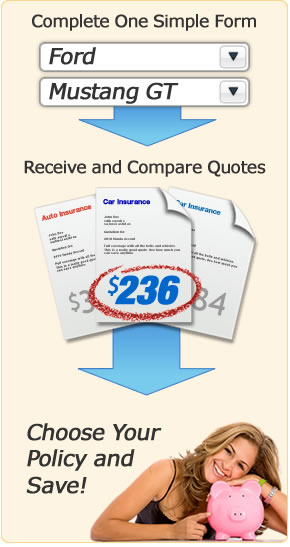
How to Lower Your Rolls Royce Corniche IV Insurance Rates In Five Minutes or Less
If shopping your car insurance around was fun, we'd do it much more often. But it's actually not a real enjoyable process for the majority of people and we always seem to end up paying too much. Insuring your Rolls Royce Corniche IV is probably no exception.
Step One: Insurance Rate Comparison Quotes
In years past, the only way to purchase car insurance was to visit the office of a local agent. Life has gotten easier!
The first step to finding lower Rolls Royce Corniche IV rates is to get quotes from all the major car insurance companies. This is fast and easy and only requires you to complete one form.
To start, click the link below to begin entering your information. After you complete the form, you will receive comparison rates from different companies so you easily determine if you can save money.
Important! If you already have liability and physical damage coverage on your Corniche IV, it's important to keep the same limits and deductibles throughout the quote process. This allows you to fairly compare rates for many companies. If you use different limits and coverages for each quote, you won't be able to judge if the final rate is better or worse than other quotes.
Step Two: Best Ways to Lower your Corniche IV Insurance Cost
There are many contributing factors that determine what you pay to insure your Rolls Royce. You can help yourself (and your wallet) by paying attention to the following rate factors.
- The Rolls Royce Corniche IV is a high performance vehicle. Insurance rates are higher on cars that offer larger engines, more horsepower or increased risk of accident or rollover.
- Do you keep your credit rating in good shape? If you do, you will get a better rate than if you let your credit score slide. Check your credit score regularly to make sure there are few blemishes on your record.
- Repair costs generally trend higher as the price of a vehicle goes up. So by owning a Corniche IV, you can expect higher repair bills and also higher insurance rates because of this.
- Speeding and other minor violations can impact your car insurance rates for up to three years. The increased cost can easily exceed the fine and court costs for the original ticket.
- Being a homeowner can often get you a little discount on your auto insurance. Insuring you home with the same company as your autos can often get you even deeper discounts.
- Teen drivers have a tendancy to learn the hard way when driving, and that means having a few fender-benders. Rating them on a high profile newer vehicle can be very expensive so you might consider buying an older model vehicle for them to drive and only insure it with liability coverage.
- Do not allow your current car insurance coverage to lapse or expire. Insurance companies have a simple way to find out when your last policy ended (called a CLUE report), and if you went without coverage for any length of time you may pay more for coverage.
- If you have tended to file small claims with your car insurance company in the past, you're most likely going to pay higher premiums in the future. Consider paying minor claims out-of-pocket instead of blemishing your claim history.
- If your city or county offers a driver's safety course, find out if your insurance company will give you a discount to complete it. It could save you up to 10%.
- Safety features such as passive restraints and air bag systems help reduce injuries in and accident, and car insurance companies will charge lower rates if these features are present.
- If you're over the age of 55, check to see if you qualify for a senior citizen discount. Qualification age may vary by company
- Insurance companies pay attention to which vehicles are stolen the most, so if your car is frequently targeted by thieves, chances are good you will pay more for insurance if you live in certain parts of the country.
- Consider using higher deductibles for physical damage coverages like comprehensive and collision. Higher deductibles save money since you're willing to pay more out-of-pocket at claim time.

Step Three: Choose a Company and Bind Coverage
Purchasing an insurance policy is more than just clicking a button. You need to have funds available to make payment and you need to be sure that the coverages are adequate for your personal situation.
The key thing to keep in mind when buying a new policy is you do not want your old policy to lapse. Make sure the effective date of the new policy is on or before the expiration date of your current policy.
When buying a new vehicle, coverage will extend from your existing policy. But if you don't have a car insurance policy, you will want to make sure you have coverage BEFORE you drive off the lot. If you have a current policy and you only carry liability coverage, then that's the only coverage that will automatically extend to your Corniche IV. But if you currently carry full coverage, comprehensive and collision coverage will extend to your new vehicle.
Upon completion of buying your policy, you need to print out the financial responsibility card that must be kept in your vehicle at all times. Replace any old cards and promptly replace expired cards. If your state requires you to file an SR-22 for being a high-risk driver, make sure your new company is aware of this requirement. Failure to comply can result in loss of your driver's license.
More Insurance Buying Tips
For more information on car insurance, please visit the Insurance Information Institute's auto insurance informational page.

